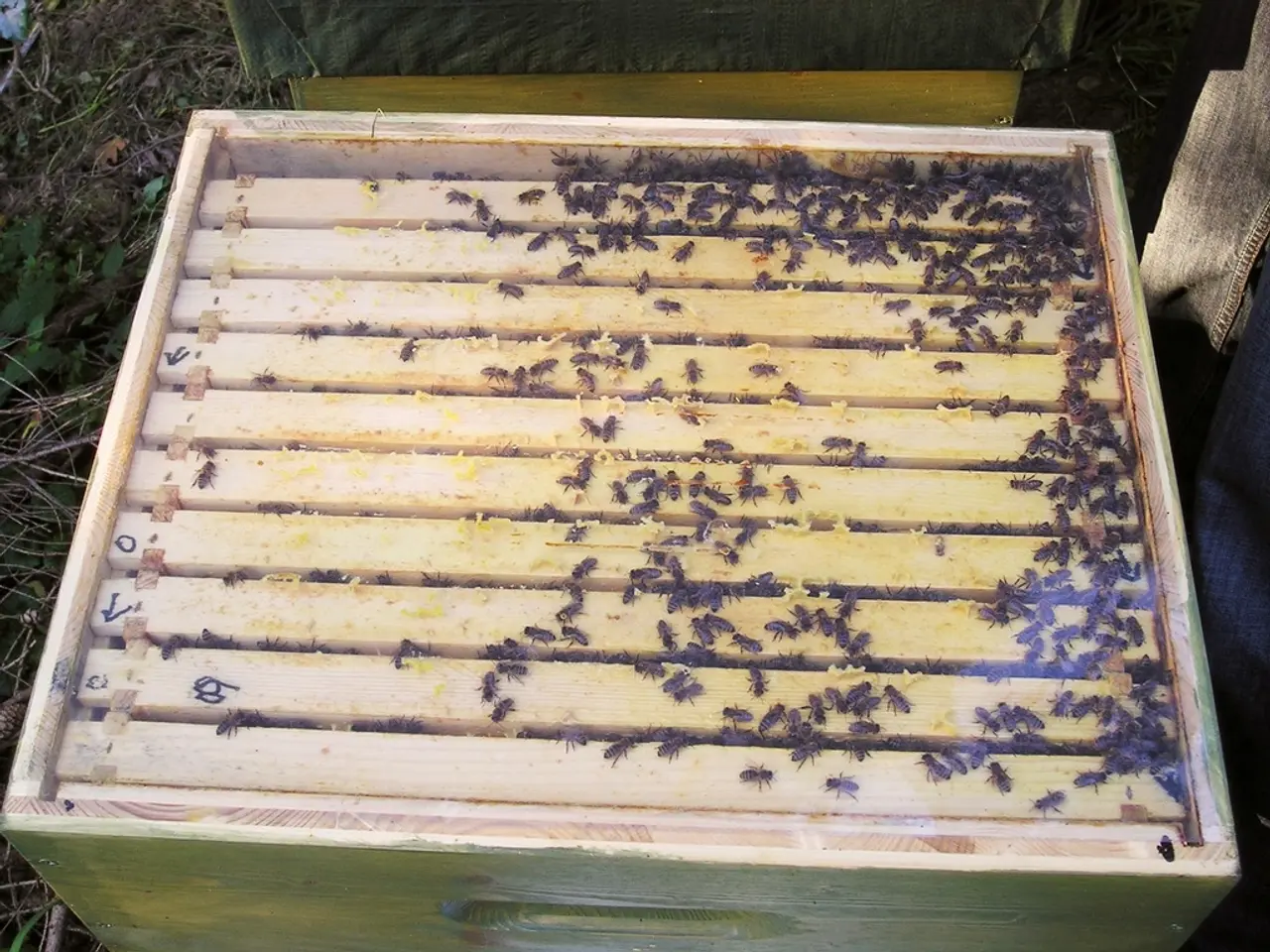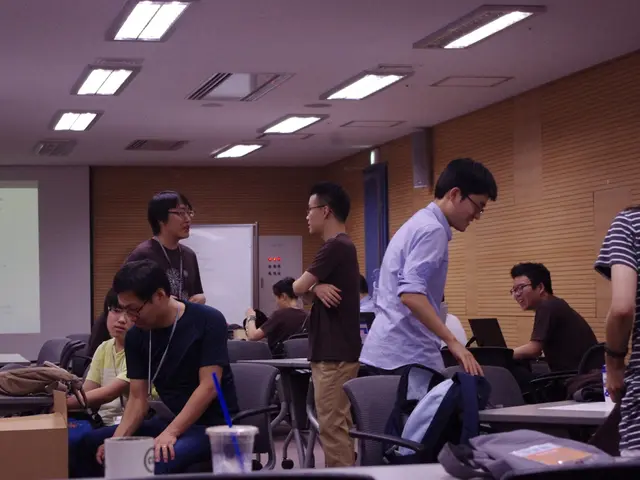Kenya's Ministry Tackles Fall Armyworm Threat to Maize with FAO's Help
The Ministry of Agriculture has stepped in to coordinate efforts in combating the Fall Armyworm, a menace threatening food security in Kenya's maize-producing regions. The Fall Armyworm, native to the Americas, was first detected in Africa nearly a decade ago and has since spread rapidly. The Food and Agriculture Organization of the United Nations (FAO) is assisting Bungoma farmers in this battle.
Unchecked infestations can lead to yield losses of up to 50 percent. To tackle this, FAO is conducting trials in regions like Bungoma, Kakamega, Vihiga, Busia, Embu, Kitale, and Bungoma itself. These trials test sustainable control technologies under the Integrated Pest Management (IPM) framework. Preliminary observations suggest that integrated methods, such as sand application and targeted sprays, can keep infestation levels under control.
FAO is evaluating both chemical and traditional control options. These include emamectin benzoate, Coragen, Bacillus thuringiensis (BT), and a botanical pesticide. Farmers have witnessed the effectiveness of these technologies firsthand, with limited infestations observed across different treatments.
FAO urges farmers to adopt IPM holistically, integrating traditional and modern methods rather than relying solely on chemical sprays. Early planting and careful selection of control products proven effective in trials are also encouraged. FAO advises applying pesticides late in the evening or very early before sunrise, when the Fall Armyworm is most active. With these efforts, farmers can better protect their crops and secure food security in the region.





